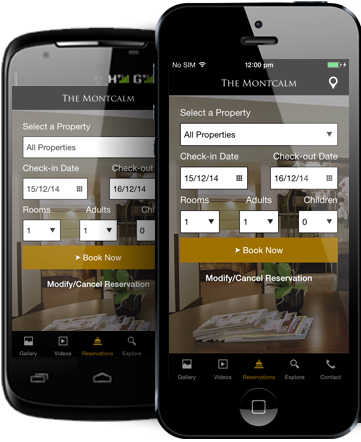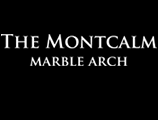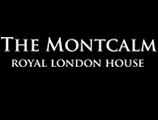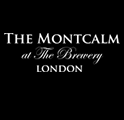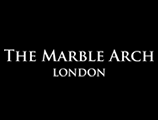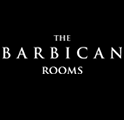The Beatles remain one of England’s most important bands, having played a significant role in shaping the sounds of the 1960s and beyond.
Their role in the making of modern London also can’t be underestimated. There are many locations dotted around the city which would not be the same if not for the Beatles, and this influence helps show why they are still so revered, decades after their split.
With a cultural impact unlike any other band of their era, the group may have originally hailed from Liverpool, but they soon made their mark on London – an influence which can still be seen in some of the locations on this list.
For Beatles fans staying locally, we recommend taking a trip to a few of these venues to discover more about London during the era of the brand.
Abbey Road Studios
This site is important for a few reasons. Abbey Road Studios proved pivotal in the creative development of The Beatles as we now know them. The studio is where Sgt. Pepper’s Lonely Hearts Club Band and Abbey Road albums were both recorded, representing a significant part of the Beatles back catalogue.
In addition, Abbey Road is responsible for one of the most iconic shots ever taken of the band. The zebra crossing outside provided the cover to the Abbey Road album, and has been recreated countless times by music fans and fellow musicians.
You can create your own Abbey Road image here during your trip to a 5 star hotel in Bond Street London, and take a tour of the studios themselves while you’re here.
This is a great way to truly immerse yourself in an important part of music history, and a must-see location for Beatles fans.
The EMI House
This property includes the staircase which appeared on the cover of several of the Beatles’ albums, including the Blue Album and the Red Album.
The property in Marylebone was once the HQ of EMI Music, and though it has since relocated, the headquarters were located here between 1960 and 1995. You can still visit to take a look, and though it may not be as immersive as a trip to Abbey Road, you’ll also be getting closer to one of the key venues which helped form the band and their musical legend.
57 Wimpole Street
This house has a significant role to play in the story of The Beatles. The property was home to Paul McCartney’s then-girlfriend, Jane Asher, and many of her family members.
After first moving to London, McCartney had nowhere else to live, and so ended up residing for an extended stay in the family attic. Asher’s mother worked as a music teacher, and it was here that McCartney wrote some of the most famous early Beatles’ songs, including ‘Eleanor Rigby’, ‘Yesterday’ and ‘I Wanna Hold Your Hand’.
A trip here is a trip down musical memory lane, and an opportunity to visit a location which served as home to a musical legend long before the world was convinced of their significance.
Getting here is easy thanks to the London transport system while staying at The Marble Arch London.
7 Cavendish Avenue
This property was the home of Paul McCartney in 1966. Having moved out of Wimpole Street, he was now living solo and started work on many more of the biggest hits The Beatles ever released.
Songs which McCartney wrote while living here include prominent tracks such as ‘Hey Jude’ and ‘Penny Lane’, helping to give 7 Cavendish Avenue plenty of historical significance for Beatles fans visiting London.
Saville Row
Saville Row is famous around the globe as a home for great tailoring, but it also has a strong connection with The Beatles.
In 1965, the band were informed by their accountant that it would be wise to invest in business. Having only recently developed their newfound wealth, they weren’t quite sure to what to do with it, but ultimately purchased the property at #3 Saville Row, where they founded Apple Corps.
This business went on to diversify into a range of subsidiary brands, including Apple Films, Apple Retail, Apple Electronics and Apple Records. The new headquarters was a raucous place, used in the 1960s to store not only business-related items but goods for parties.
George Harrison invited some Hells Angels to live there at one point, and it was also briefly home to a group of nudist hippies. Sufficed to say, #3 Saville Row is intertwined with the history of both The Beatles and the story of the Swinging Sixties.
Trident Studios
Situated at 17 Anne Court, Soho, Trident Studios was the place where the band recorded some of their songs on both The White Album and Abbey Road. In addition, it also proved pretty important to George Harrison’s solo work, as this is the venue where he recorded his first album, All Things Must Pass.
While the studio itself is now gone, the building it was housed in has a heritage Blue Plaque on the exterior, providing a great place for you to grab a few photos while enjoying London hotels special offers and discovering more about the locations which moulded The Beatles.
The Apple Boutique
Situated at 94 Baker Street, The Apple Boutique was the location first used to host the Apple Corps brand while the band continued to construct their HQ at Saville Row.
Selling clothing and accessories, the band decided to adorn the exterior with a large psychedelic mural, which offended local businesses and residences – ultimately leading to a swift repainting.
On the opening night, huge crowds arrived, but the store was ultimately not particularly profitable. Many items were stolen and the casual way the business was run proved quite bad for business.
In a move to rid themselves of the boutique, the band announced that all items were now free, and after they’d gone, they closed the store for good.






